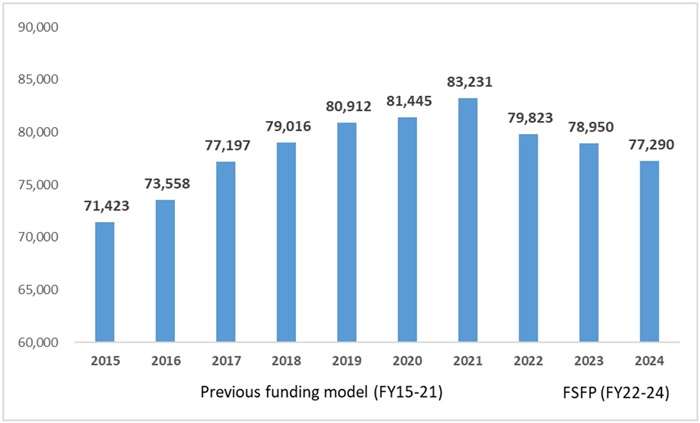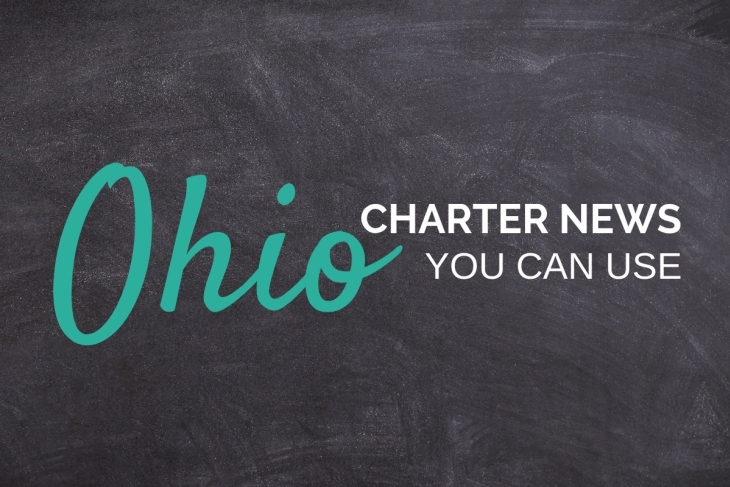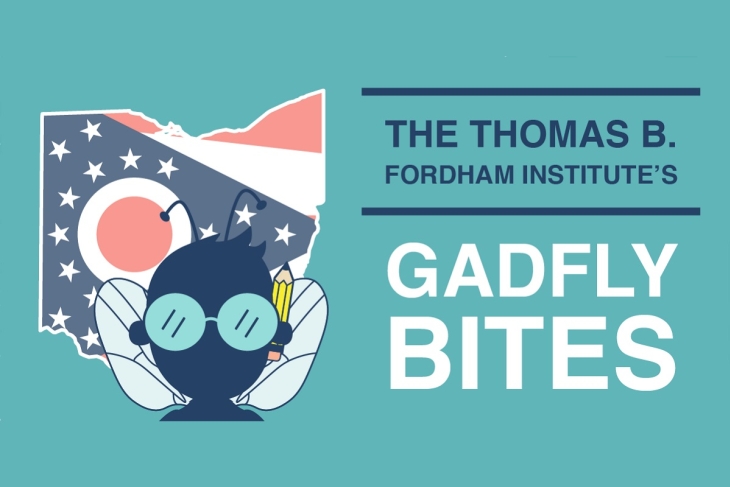News stories featured in Gadfly Bites may require a paid subscription to read in full. Just sayin’.
- Expansion plans for the Dayton Regional STEM school, in size and down into elementary grades, faced a planning commission hearing on Wednesday night. No word yet as to how it went, but my fingers are definitely crossed for good news! (Dayton Daily News, 6/3/24) Here’s some very good news that has evaded my radar until now: A new all-boys Catholic school will open its doors in Cincinnati this fall. Xavier Jesuit Academy will begin with grades 3-5, expanding year-by-year into the lower grades until it reaches the full K-5 elementary band. Even better: We learn that Cincinnati’s corporate community, including Procter & Gamble and the Cincinnati Reds, have embraced the new school by donating labor and financial support for the renovations being made to breathe new life into a previously-closed Catholic school. Still better: The report says that XJA will indeed accept students using vouchers. Best part: We didn’t even have to ask! (National Catholic Reporter, 6/4/24)
- But the news can’t be good all the time, can it? Representatives of Springfield Sports Academy filed an emergency suit this week against Northeastern Local School District, alleging that they did not properly follow Ohio law giving charters right of first refusal over unused district properties before any other sale or disposal plan. Imminent demolition of the decommissioned Rolling Hills Elementary School building has been halted while the case is heard. Fingers crossed here as well for good news in the end. (Springfield News Sun, 6/4/24)
- Lots of graduation/year end stories out there. Most of them good but typical. This one…is just stupid to me. I suppose these principals have got everything else handled in their schools and the entire community thus has plenty of time for silliness like this at the end of the year. (Cleveland.com, 6/3/24)
- This, however, is very nice. So nice, in fact, that it made national news. Anthony Claytor became the first student connected to LeBron James’ I Promise effort in Akron to graduate from college, picking up a bachelor’s degree in criminology and justice studies with a minor in sociology from Kent State University late last month. Claytor was part of the earliest group of Akron City Schools students to participate back when I Promise was mainly an after-school program. But he was a junior in high school in 2020 when the LeBron James Family Foundation offered full tuition and a year of free room and board at Kent State for I Promise students and Claytor took full advantage, completing his degree early and receiving personal congratulations from King James himself via X upon the accomplishment. Claytor is looking toward a career in the Secret Service from here. Feels like he’ll achieve whatever he sets out to do at this point. Awesome! (CNN, 6/4/24)
Did you know you can have every edition of Gadfly Bites sent directly to your Inbox? Subscribe by clicking here.











